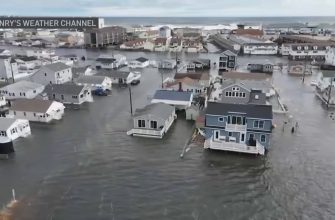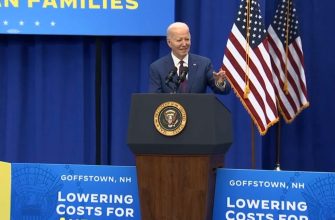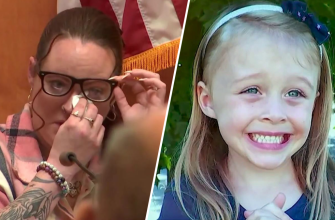Recent vacancy tax proposals such as Honolulu’s Bill 9 and Bill 76 have been inspired by the belief that vacant or “empty” homes are a significant cause of Hawaii’s housing crisis.
However, a comprehensive study of available data conducted by researchers at the Grassroot Institute of Hawaii disputes this popular theory.
The “empty homes” theory can be put to a simple test: If vacancies increase housing prices, then states with the highest housing prices should also have higher-than-average vacancies. So is this really the case?
The data says no.
Looking at data from across the nation, states with the highest housing prices have vacancy rates well below the national average of 12.8%. Such is the case with California and Massachusetts, which have vacancy rates of 7.8% and 9.1%, respectively.
On the other hand, states with the lowest housing prices, such as Mississippi and West Virginia, have vacancy rates much higher than the national average — 16.1% and 17.8% respectively.
Contrary to what one might expect if vacancies caused higher housing prices, actually there is a distinct negative correlation between housing prices and vacancy rates based on data from all 50 states and the District of Columbia.

But of course, correlation does not mean causation, and there are numerous other factors besides vacancies that influence housing prices, such as incomes, population growth and housing regulation.
One way to account for these other factors is to leverage data from multiple time periods and apply a statistical method called a panel regression. The strength of the panel regression model is its ability to account for factors that are relatively constant over time, such as the geography of a neighborhood, the structural characteristics of homes or the socioeconomic status of neighborhoods.
The Grassroot Institute study looked at such neighborhood-level data from the U.S. Census Bureau covering the period of 2010 to 2019 and still found that vacancies have not significantly influenced local housing prices in Hawaii. This held true even after applying panel regression to account for differences in location, income, unemployment and poverty across neighborhoods.
There are numerous factors besides vacancies that influence prices.
The point is: Since there doesn’t appear to be a relationship between vacancies and local housing prices, it is unlikely that a vacancy tax as proposed in Honolulu bills 9 or 76 would make Hawaii housing more plentiful or affordable.
But what if lawmakers have other goals in mind for a vacancy tax?
If lawmakers merely want more tax dollars, then a vacancy tax could definitely serve that purpose. The city of Vancouver in British Columbia, Canada, for example, has amassed approximately C$115.3 million since introducing its vacancy tax in 2017.
Likewise, a vacancy tax might serve to reduce vacancies and boost occupancies, but research into this possible relationship still is notably lacking. In Vancouver, for example, not enough time has passed — especially given the impact of the COVID-19 crisis — to demonstrate any direct relationship between the city’s vacancy tax and its occupancy rates.
At the end of the day, empty homes are simply another distraction from the more profound issue: the harsh regulatory landscape surrounding homebuilding in Hawaii.
If lawmakers truly want to fix Hawaii’s housing crisis, they should shift their attention to these stringent building regulations and start to remove them. Doing so would be the only research-backed way to facilitate more homebuilding, improve affordability and ultimately provide lasting housing solutions for Hawaii residents.









